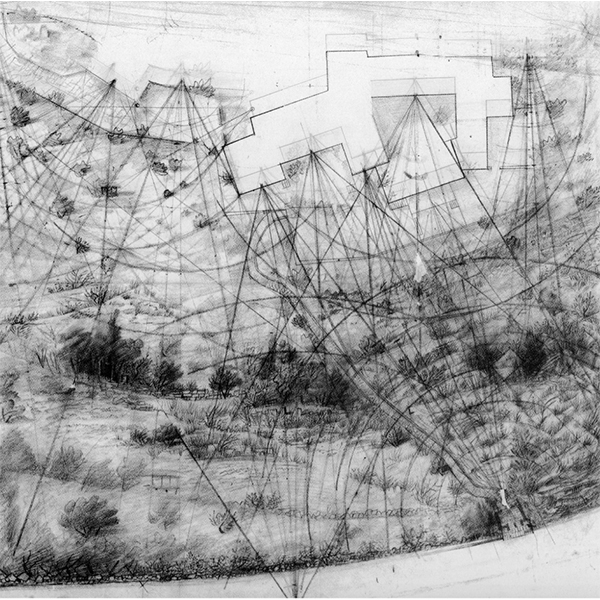Downloads
DOI:
https://doi.org/10.7480/overholland.2013.12/13.1697Abstract
There is a type of contemporary space which, as such, remains practically unnoticed even by those who are responsible for its creation. This could be explained by the fact that these spaces have no specific location, their essence being of a sym-bolic, conceptual kind. I’m referring to maps, the forms for the graphic representation of spatial milieu. As it will be explained below, maps are themselves places that substitute those of the represented reality; they are surrogate spaces operating primarily through analogy and abstraction.
The production and use of this peculiar space have important consequences in the actual configuration of physic milieus on any scale, be it architectural, urban or territorial. Cartographic historians and critics insist in the fact that maps, whatever be their medium or the quantity of infor-mation contained in them, do not possible present the depicted milieu directly or transparently – despite the alleged objectivity of the most advanced georeferenced information systems. Instead, maps are powerful and sophisticated instruments that allow us to structure our environ-ment by ‘providing versions of truth for human minds to apprehend’. The idea of every form of spatial representation entailing the performance of a particular action over the depicted object underpins the ensuing inquiry about cartographic production and its transformational capabilities.
How to Cite
Published
Issue
Section
License
Copyright (c) 2013 OverHolland

This work is licensed under a Creative Commons Attribution 4.0 International License.




